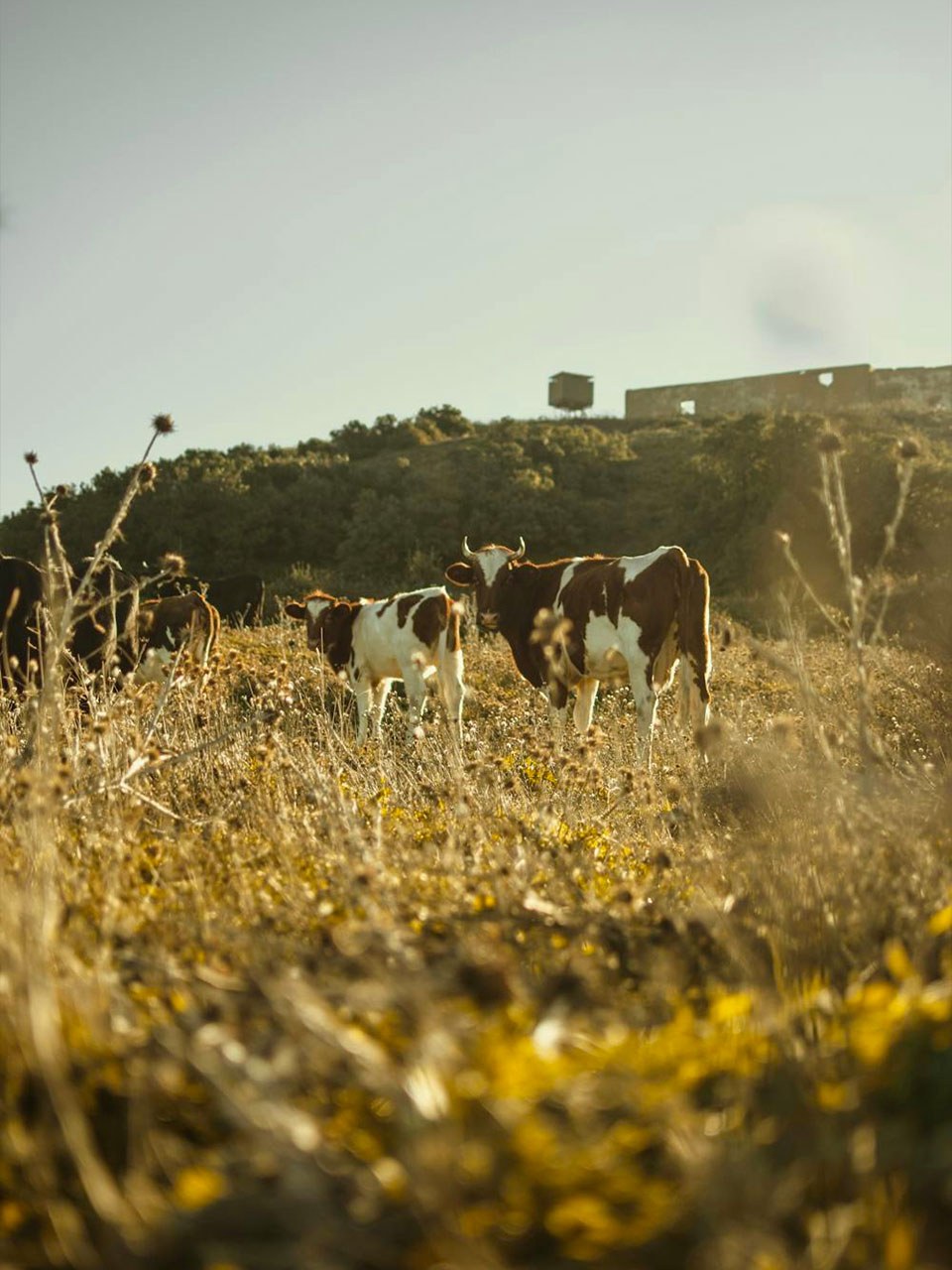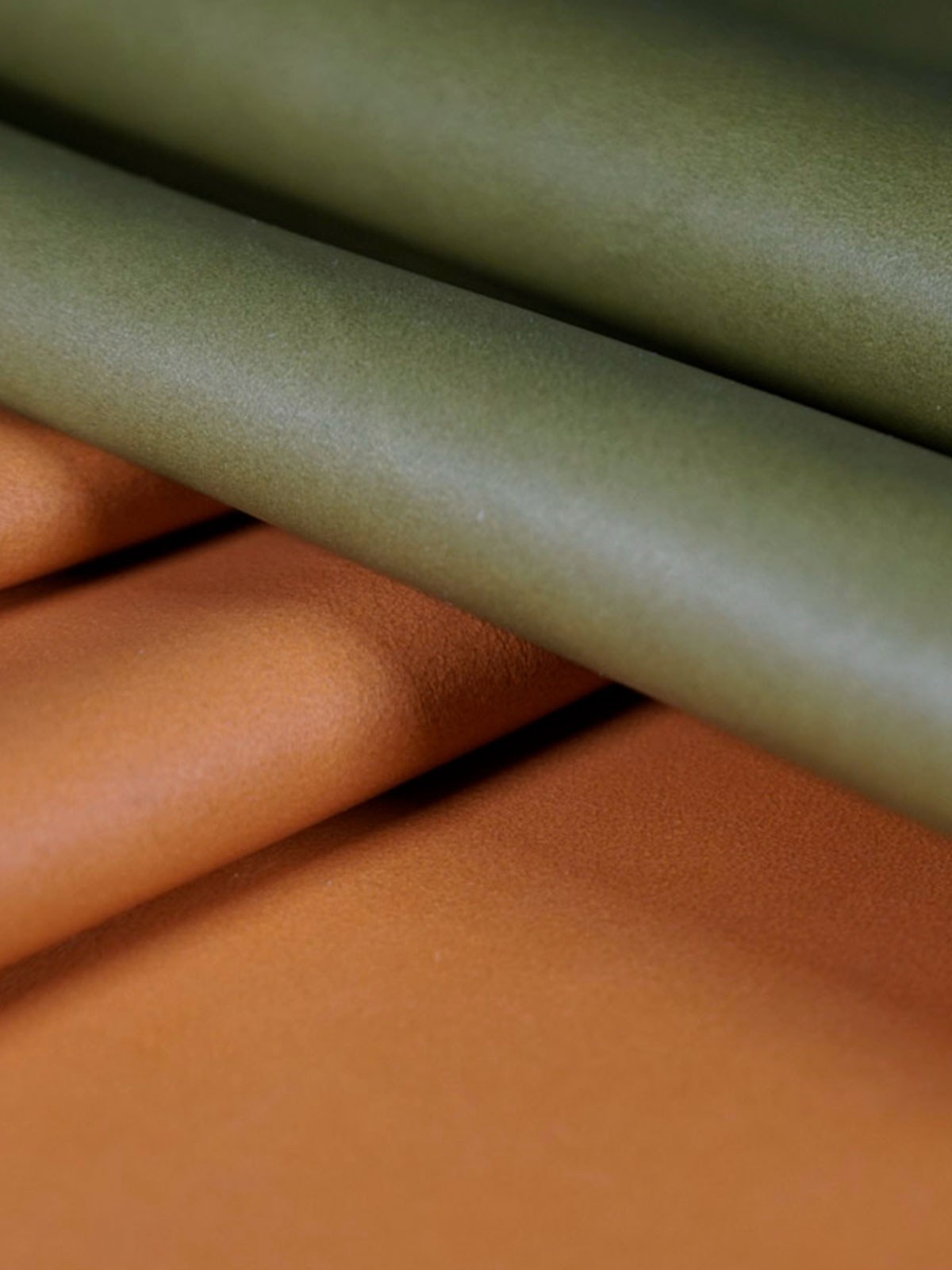Leather: an example of circular economy
As well as having extraordinary material properties, leather is also an ally of sustainability


From nature to nature
An organic waste ennobled to give life to new items.
- Biodegradable and renewable, leather is one of the most virtuous examples of circularity.
Leather is a by-product of the food chain which is ennobled through production processes, avoiding its disposal to give life to new items. Every year, tanneries recover 8 million tonnes of raw hides. Their disposal would create 5 million tonnes of greenhouse gases, equivalent to the emissions of 1 million cars travelling 10,000 km.
![Biodegradable and renewable, leather is one of the most virtuous examples of circularity.]()
- Choosing our leather means making a responsible choice.Read our sustainability report
At Gruppo Mastrotto, we recover over 93% of the waste generated by the processing of leather used in other sectors (a figure twenty points higher than the industry average). So choosing Gruppo Mastrotto leather means choosing a company that has the welfare of the planet in mind and that of future generations at heart.
![Rotoli di pellame 2/2 - Gruppo Mastrotto]()
- Residues destined for reuseProteins, amino acids, collagen molecules and fibers
Most of the by-products from the tanning process, properly treated, become components of fertilizers and biostimulants for agriculture, gelatin and collagen for the food industry, raw materials for the cosmetics and nutraceutical sectors, or granules for construction.
![bovini al pascolo - Gruppo Mastrotto]()

Waste consisting of these organic components feeds the value chain in sectors such as:
- Agriculture and food chain
- Pharmaceuticals and nutraceuticals
- Chemicals and adhesives
- Paper and packaging
- Construction and interiors

The term “leather” (as defined by ISO 15115:2019) refers to a material with specific characteristics. The most important is that the material must be of animal origin, otherwise it cannot be called leather. Materials improperly defined as “synthetic leather”, “imitation leather” or “faux leather” do not actually have any animal or organic elements, as they are plastic-based industrial products (PVCs, such as polyurethane) on which prints are embossed or films are applied in order to reproduce the look and feel of real leather.


